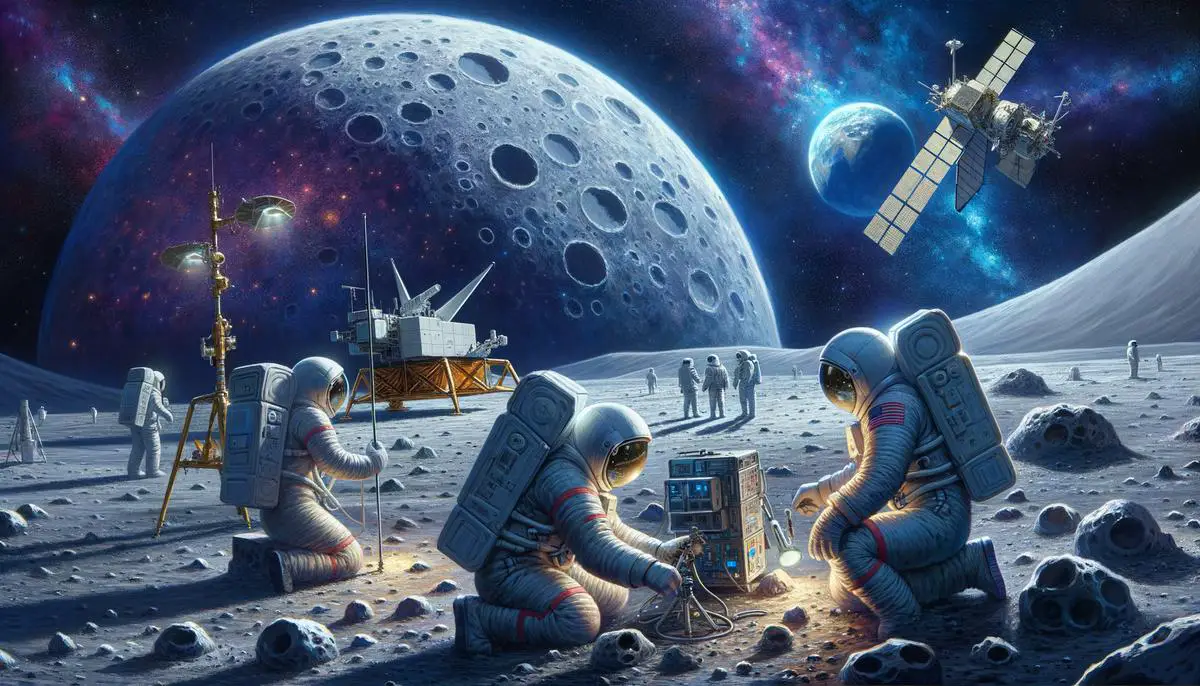The Artemis Program marks a significant step forward in humanity's lunar endeavors, aiming to establish a more permanent presence on the Moon. This initiative not only revisits our celestial neighbor but also sets the stage for future missions beyond, with an eye on Mars. As we prepare for this new chapter in space history, the program's collaborative and innovative approach promises to redefine our understanding of what's possible beyond Earth's confines.
Contents
Artemis Program Overview
Named after the twin sister of Apollo, the Greek goddess of the moon and hunt, Artemis symbolizes a new dawn in lunar exploration. While Apollo missions were groundbreaking, Artemis aims higher. It's not just about leaving footprints on the moon but about making strides towards sustaining human life there and using it as a stepping-stone for even grander space adventures – like sending astronauts to Mars.
Artemis is not just NASA's project. It's a global affair. With 33 nations signing up for the Artemis Accords, we're seeing a commitment to peaceful and cooperative space exploration that echoes the sense of unity and shared purpose from the International Space Station days.
Artemis I was an uncrewed flight aimed to test the waters for what's to come. Artemis II will be the first crewed mission taking astronauts around the Moon, with one of those seats reserved for a Canadian astronaut. Artemis III will land astronauts on the Moon's surface, making history by including the first woman and the first person of color stepping out onto lunar soil.
The Lunar Gateway, a space station orbiting the moon, will act as a pit stop for astronauts on their way to or from the lunar surface. Canada's Canadarm3, an advanced AI-powered robotic arm, will manage upkeep and assist missions, even when humans are away.
Every grand plan faces hurdles, and Artemis is no exception. From adjusting launch dates to tackling the logistics of lunar landings with SpaceX's Starship and revamping spacesuit designs by Axiom, NASA is moving pieces around to prioritize safety and success.
Artemis is more than a series of missions; it's a testament to dreaming big and cooperating across borders. This program sets the stage for humanity's next giant leap, laying bricks on our path to Mars and beyond. It's about exploring, but also about how these endeavors can unite us.
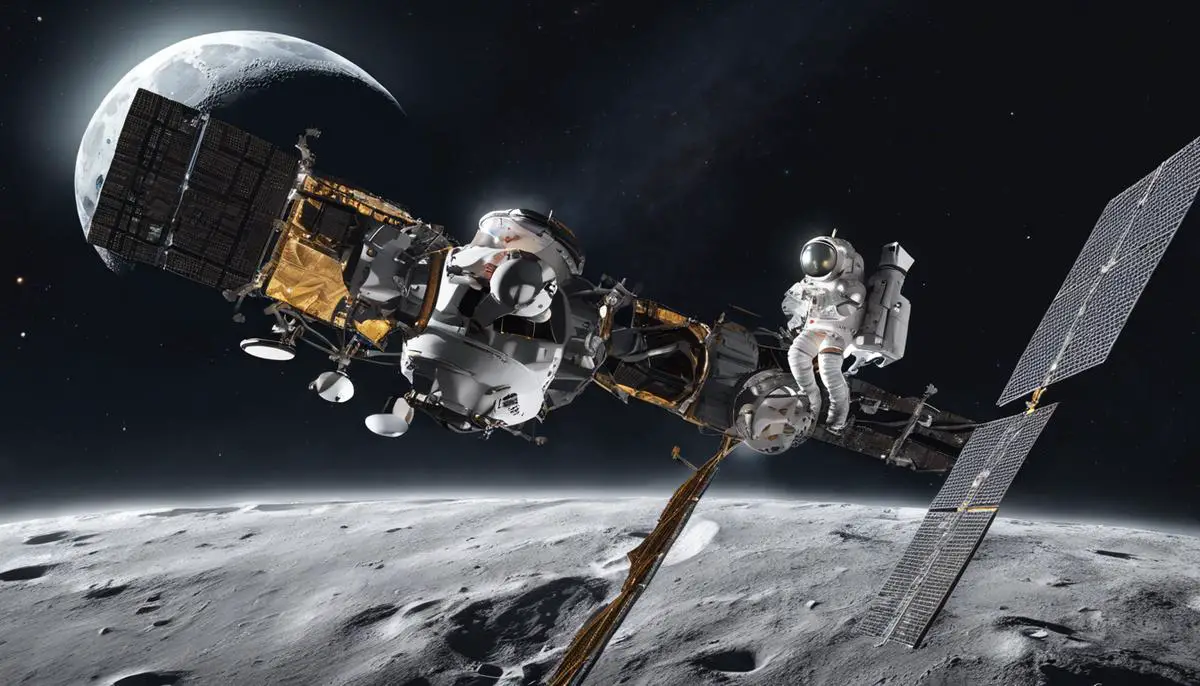
Mission Milestones
First off, Artemis I marked the beginning of this monumental journey, setting the stage without a human crew. Launched atop the most powerful rocket ever built, the Space Launch System (SLS), it sent the uncrewed Orion spacecraft on a voyage beyond the Moon. This test flight was crucial, checking the boxes for safety and system functionality, proving Orion and its companion, the European Service Module, could indeed handle the harsh journey through space and return safely to Earth.
Artemis II will see astronauts flying farther into space than anyone has for over half a century, testing all human-related systems in deep space. The mission's profile draws parallels with the Apollo 8 mission while setting its sights on tomorrow's lunar landings and the construction of the Lunar Gateway. Artemis II exemplifies international cooperation, with astronauts from NASA and the Canadian Space Agency onboard.
Artemis III aims to touch down on the lunar South Pole, a location never before explored by humans. This mission will leverage partnerships with SpaceX for the human landing system, showcasing innovation in commercial spaceflight. It's a testament to how NASA and its partners are redefining what's possible, pushing for a sustainable presence on the Moon that builds capabilities for future Mars exploration. Artemis III will lay down the principles of in-situ resource utilization and continue humanity's quest for knowledge with groundbreaking science and technology demonstrations on the lunar surface. This is where we'll witness historical moments—the first woman and the first person of color making their marks on the Moon.
Technological advancements across these missions are significant. From ore-refining robots and habitats designed for harsh lunar environments to cutting-edge spacesuits by Axiom Space that will allow astronauts to explore more freely and safely, innovation is at every corner. Each advancement, tested theory, and performed experiment not only propels us forward on the Moon but also lays essential groundwork for those first, bold steps on Mars.
Mission Milestones within the Artemis program aren't merely checkboxes on NASA's list. They're vibrant epochs in the story of human exploration, underscored by international and commercial partnerships that reflect our collective spirit.

Technological Innovations
Within the pantheon of technological marvels that make up the Artemis missions, the Space Launch System (SLS), Orion spacecraft, Lunar Gateway, and lunar landers represent the pillars that uphold NASA's ambitious return to and sustained presence on the Moon. These technologies aren't just pieces of advanced machinery; they are harbingers of a new era in space exploration, each with its unique set of challenges and innovative solutions reflective of human tenacity and ingenuity.
At the heart of these missions lies the SLS, the most powerful rocket ever constructed, capable of propelling humans and cargo beyond the bounds of Earth's gravity with unprecedented force. The SLS is essentially the muscles of the Artemis program, carrying the Orion spacecraft – the brains – to the threshold of space. Orion, with its sleek design harbouring life-supporting systems, is humanity's next home away from home. Equipped to sustain a crew in the unforgiving vacuum of space, its heat shield is capable of withstanding the infernal re-entry temperatures, proving our capacity to not only reach deep space but to return from it safely.
The Lunar Gateway, though smaller than its cousin, the ISS, serves as an orbital outpost providing support for lunar expeditions, scientific research, and future deep space missions. It's a testament to international collaboration and technological prowess, destined to be fitted with laboratories, living quarters, and the Canadarm3 – advancing robotic technology with its autonomous operations.
Then come the lunar landers, vehicles tasked with the delicate job of ferrying astronauts from lunar orbit to the Moon's surface and back again. Spearheaded by SpaceX's Starship and complemented by Blue Origin's Blue Moon lander, this new breed of landers represents an embodiment of contemporary engineering wisdom. They feature designs that cater to the inhospitable lunar environment while guaranteeing the safe passage of astronauts. These complexities, from mitigating lunar dust interference to ensuring these vessels can land and lift-off in drastically lower gravity, require innovations that frequently push the bounds of current aerospace technology.
Developing a rocket as powerful as the SLS demands overcoming difficulties related to manufacturing and testing components that can endure the stresses of liftoff and space travel. The Orion spacecraft must be a paragon of reliability and safety, navigating the labyrinth of engineering challenges to produce a vehicle that can support human life for the duration of deep-space missions.
The creation of the Lunar Gateway introduces logistical intricacies in assembling and maintaining an outpost in lunar orbit, while ensuring it can serve multiple functions. Making the lunar landers robust enough for their critical role involves navigating an ongoing process of trial and error, beset by the ardours of refining designs until they meet NASA's stringent safety and performance criteria.
Each technological pillar within the Artemis missions encapsulates a microcosm of problem-solving and innovation. These developments detail humanity's relentless pursuit not just of exploration but of a sustained future among the stars. Devising solutions that allow for safe, efficient travel to and habitation of extraterrestrial bodies is no small feat. Yet, if history has shown us anything, it's that challenges like these fuel our collective ingenuity, pushing us to dream bigger and reach further.
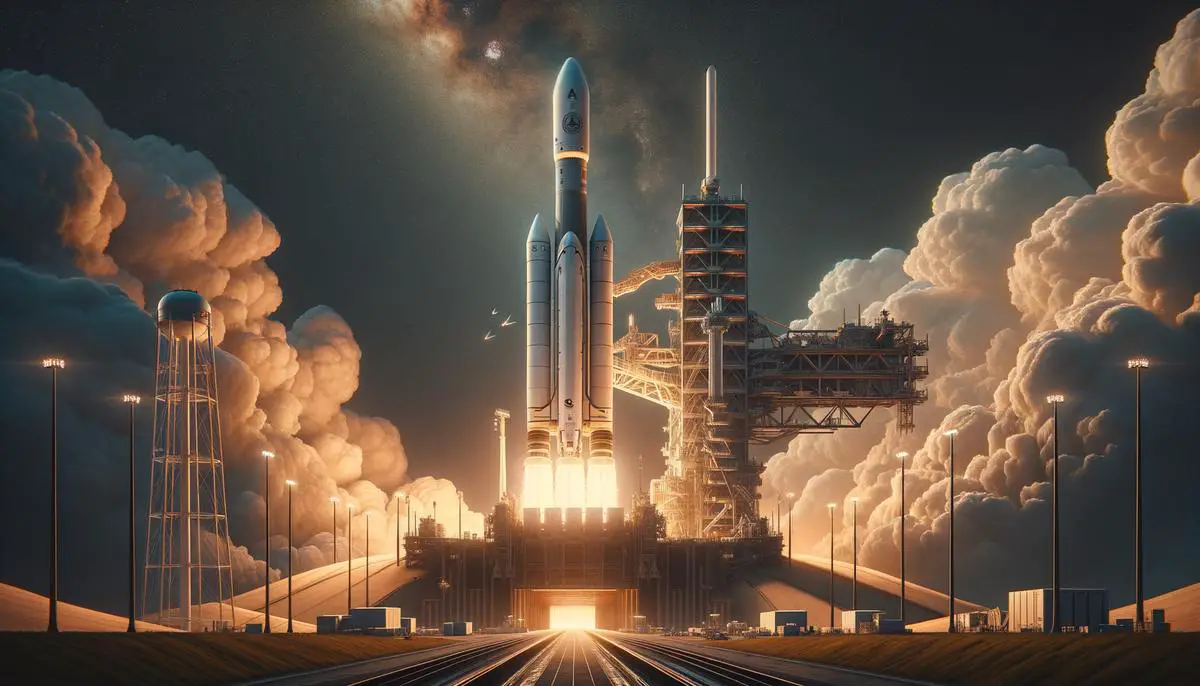
Artemis II and III Challenges
Navigating the cosmic roadmap laid by Artemis involves treading through a tapestry of challenges, each unique to their respective missions. As we edge closer to Artemis II and III, the anticipation is palpable, underscoring a narrative that is not just about reaching the Moon but doing so while upholding an unyielding promise to astronaut safety and mission integrity. This chapter in our lunar odyssey is marked by both innovation and introspection, as NASA along with its partners meticulously pores over each detail, ensuring that the path forward is not just ambitious but attainable.
One of the pivotal challenges that arise with Artemis II hinges on the readiness of the Orion spacecraft. Integrating human systems into the spacecraft involves a labyrinth of checks and balances, each ensuring that life support, communication, and safety systems operate seamlessly in unison. Given that this will be Orion's first journey with a crew aboard, the stakes are matched equally by meticulous testing and review processes. NASA's unwavering commitment to not launch until it's right means delving into unparalleled levels of system validation to shield astronauts from the unforgiving theatrics of space.
As for Artemis III, which ambitiously eyes not just lunar orbit but landing on the Moon's surface, the invitation of complexity is two-fold. Premised on the use of SpaceX's Starship as the human landing system, this transition from orbit to surface and back encapsulates a broad spectrum of challenges. The choreography between Orion, Gateway, and Starship demands precision. Ensuring Starship's readiness, in light of it being a vehicle designed for both lunar landings and potential voyages to Mars, brings forth an array of technical evaluations and design iterations — all aimed at making the dream of lunar touchdown a reality once again.
Furthermore, advancing spacesuit design enhances mission capabilities but not without introducing its own set of challenges. Axiom Space's endeavor to innovate suits that shield astronauts from the lunar environment, facilitate surface exploration, and ensure safety in emergencies represents the intersection of aerospace ingenuity and functionality.
Schedule delays are reflections of Artemis's dedication to precision and safety. Each postponement integrates lessons learned, adapting to unforeseen challenges in hardware development, and aligning with international collaboration. The reevaluation of timelines showcases a flexible yet steadfast march towards readiness.
Across these endeavors, ensuring astronaut safety is paramount. It is the potent thread weaving together every aspect of mission planning and execution. This emphasis stretches beyond mere protocol; it is a pledge to safeguard human life amidst the cosmos' indifferent expansiveness. Coupled with technical hurdles, this commitment steers the program through the currents of innovation and uncertainty.
At the core of addressing these challenges lies an ethos that celebrates collaboration, resilience, and a boundless penchant for exploration. Artemis II and III set the stage not just for returning humans to the Moon but for doing so in a manner that resonates with our collective aspiration for progress.
As we gear up for these historic rendezvous with destiny, wrapped in complexities and galvanized by anticipation, Artemis stands as a beacon — highlighting that in the face of challenge lies immense opportunity for growth, discovery, and unity. Through the meticulous preparation for Artemis II and III, NASA along with its global partners weave a continuum of human curiosity and technological triumph — charting a course not just to the Moon but towards a broader understanding of what it means to venture beyond our terrestrial confines.
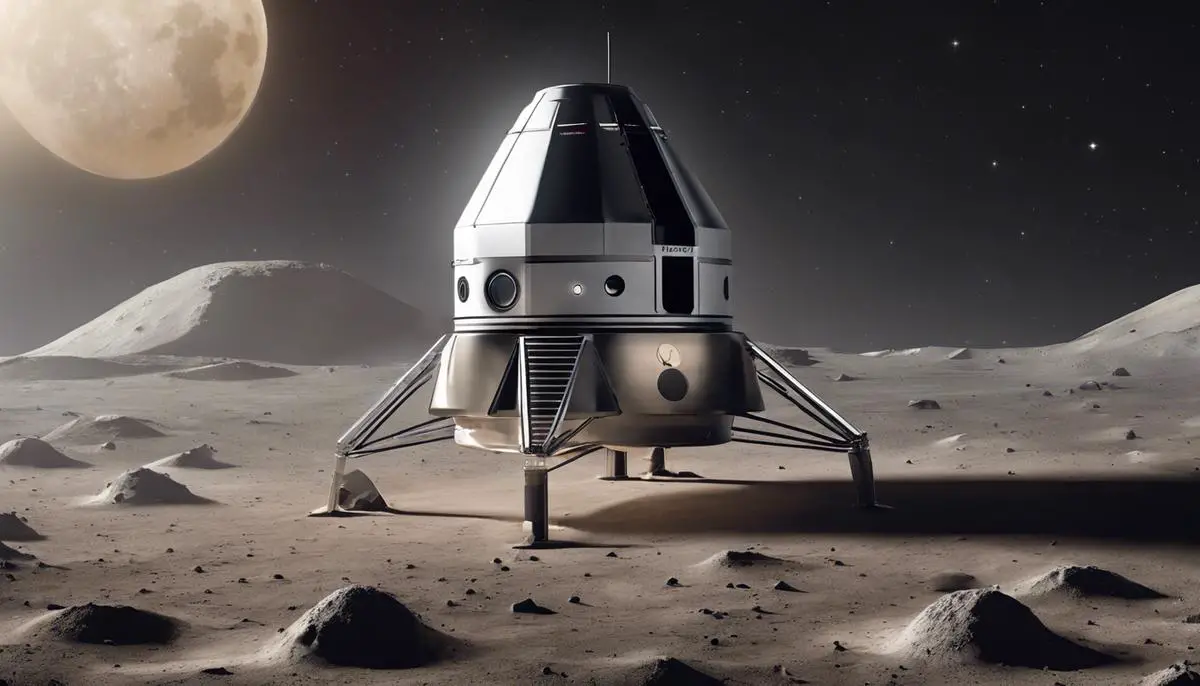
Future of Lunar Exploration
The Artemis missions to the Moon are not just about reaching our celestial neighbor, but about establishing a sustainable human presence there. The Moon's South Pole is the target for the Artemis Base Camp, a permanent outpost where astronauts can live, work, and prepare for future missions to Mars. The lunar environment will be studied, and new technologies will be tested in preparation for deeper space exploration.
The Lunar Gateway, an orbiting station, will serve as a waypoint for travelers to and from the lunar surface. It will also function as a laboratory to study the challenges of deep space living. This infrastructure is crucial for facilitating further exploration of the Moon and beyond.
The experience gained from living on the Moon will be invaluable for future missions to Mars. Learning to utilize extraterrestrial resources and grow food in space will be essential skills for long-duration spaceflight. The Artemis missions are laying the foundation for humanity's next giant leap.
Exploring space is a shared dream that transcends borders and requires international cooperation and public-private partnerships. As we set our sights on the lunar South Pole and beyond, it's clear that our journey through the cosmos is just beginning. The Moon is not just a destination, but a stepping stone to the rest of the universe.
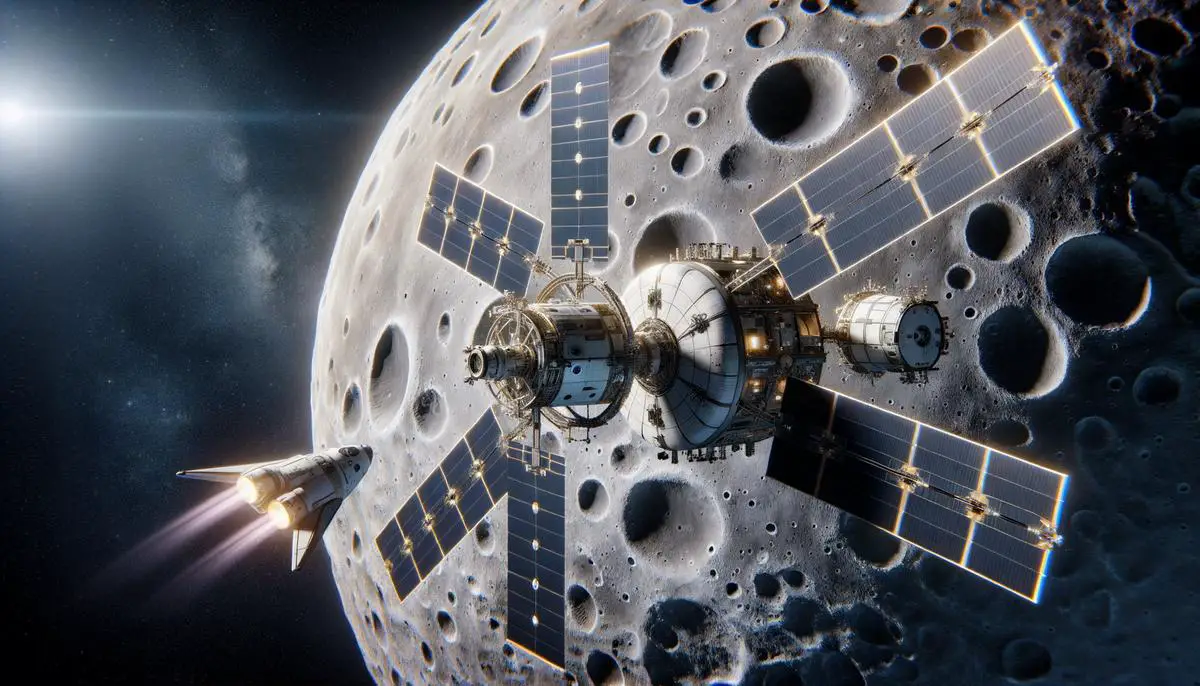
The Artemis Program represents a collective effort to sustain human presence beyond Earth. By fostering international cooperation and innovation, it highlights the importance of unity in overcoming the challenges of space travel. As we embark on these new lunar adventures, the Artemis Program has the potential to usher humanity into a new era of discovery and exploration.

